When you ask SEO professionals how to get backlinks, they’ll usually point you in the direction of planning and executing a link building campaign.
And there’s nothing wrong with that. In fact, 80% of our business (at the time of writing this) is outreach-driven link building.
It does improve SEO performance, and link building is part of what I’m going to show you in this case study.
However, even with a well-executed link building campaign, the cost of link acquisition can be as high as $1,000 per link. This can make it difficult to scale your link acquisition without significantly scaling your budget.
The solution to this? Free backlinks.
Well, sort of.
What I’m going to show you is how we got over 100 backlinks for this page while only “building” about 15 of them and “earning” the rest.

Before we dive in, just FYI, I do have permission from the client to share all of the deep details of this story.

Let’s check it all out.
Step 1. Find a keyword with link intent
When we do keyword research, we usually try to understand what the search intent is behind a particular keyword.
For those unfamiliar with this topic, search intent is the reason why a user searches for something, the “intentions” behind a search. In other words, what is the user hoping to accomplish by finding that info?
For example, when someone types a brand name into Google, they might want to visit that brand’s website but aren’t sure of the actual web address. This is an example of “navigational” search intent — the user is trying to get to a place on the web and needs an easy path.
There are a few different “types” of search intent we bucket our keyword research into.
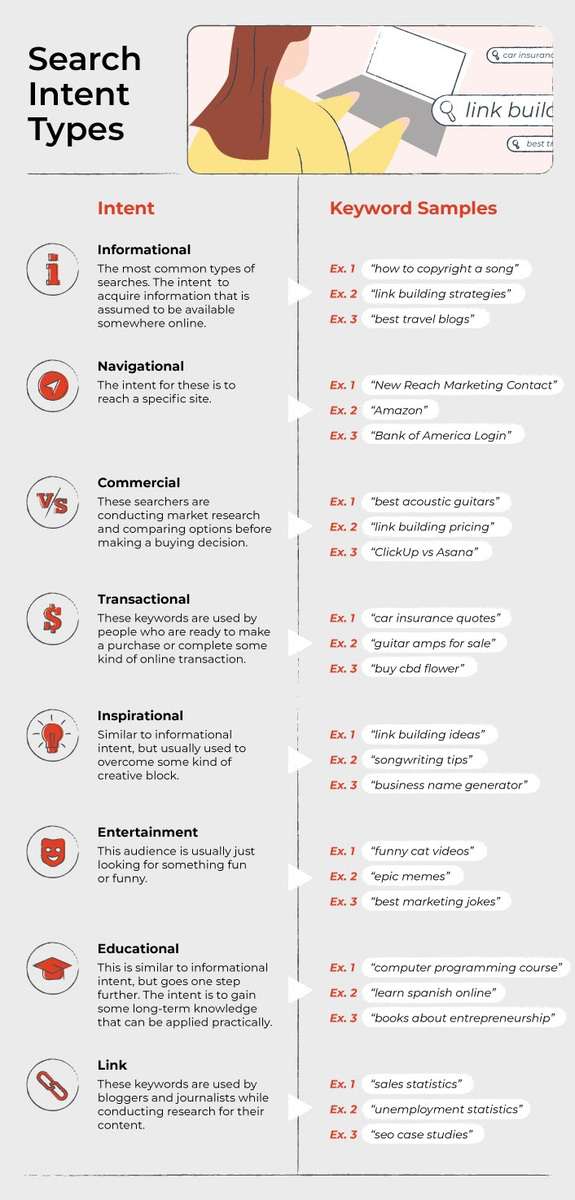
However, for our purposes, we wanted to find a keyword with high link intent.
Link intent keywords attract an audience of bloggers, journalists, and content marketers looking for something to reference and link to in their article. Usually to back up a claim or otherwise support a point they’re trying to make.
So, if we want free backlinks, we should get our content ranking for these keywords, since the people searching for them are actively looking for something to link to!
Know why people in your niche link out
Going in, we first need to understand our unique audience of bloggers and journalists.
Specifically, we need to know why the bloggers in our niche link to the content they link to.
To understand this in any niche, I usually use Google to find some of the best blogs in a particular niche and examine their outbound links.
One of my clients, for example, is in the sales niche, so for their campaign, I searched for “best sales blogs.”
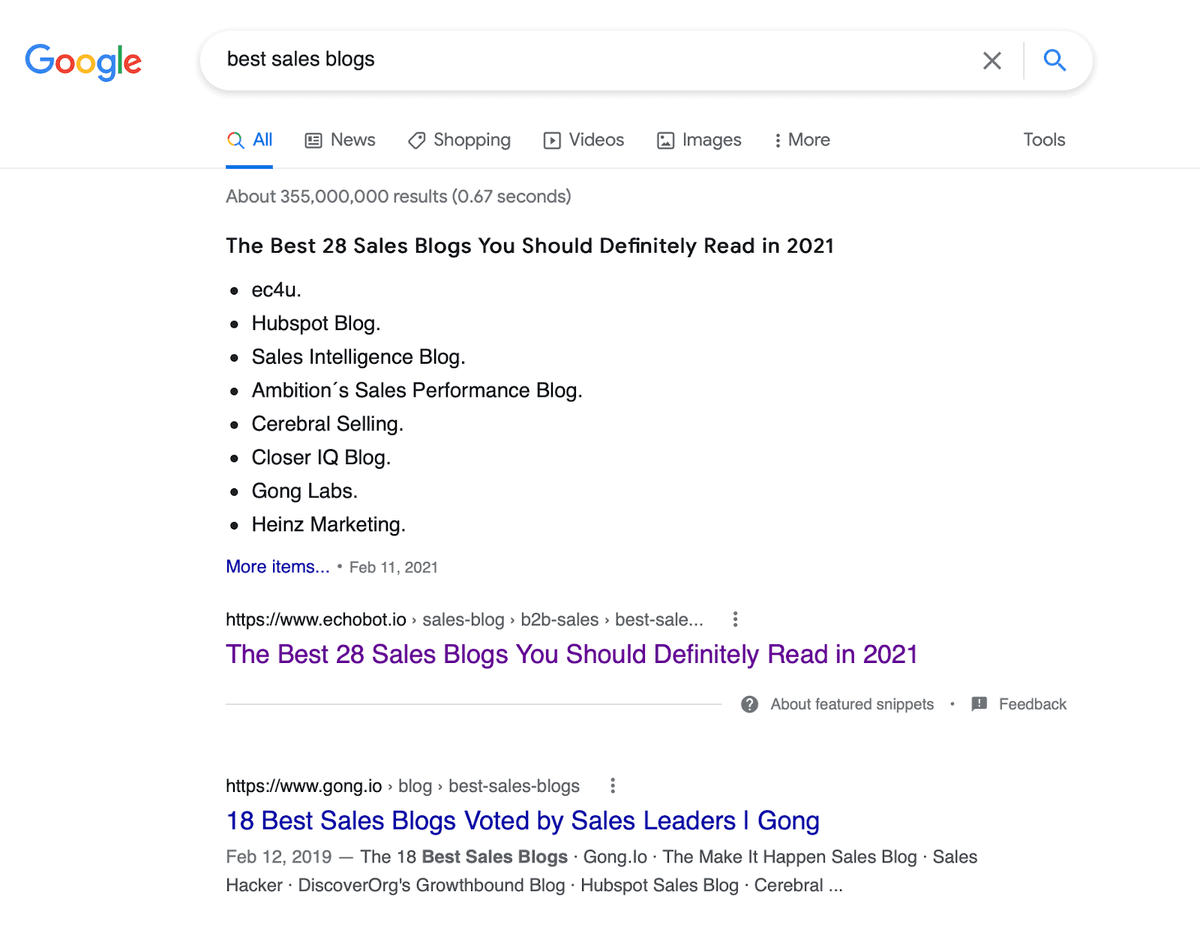
From there, I went through the lists, looked at a few articles on the blogs, and examined their outbound linking behavior.
HubSpot is a well-known brand, so we’ll use them as an example.
If we look at this article on sales prospecting, we can see them linking out to a study to reference some statistics backing up the effectiveness of prospecting.
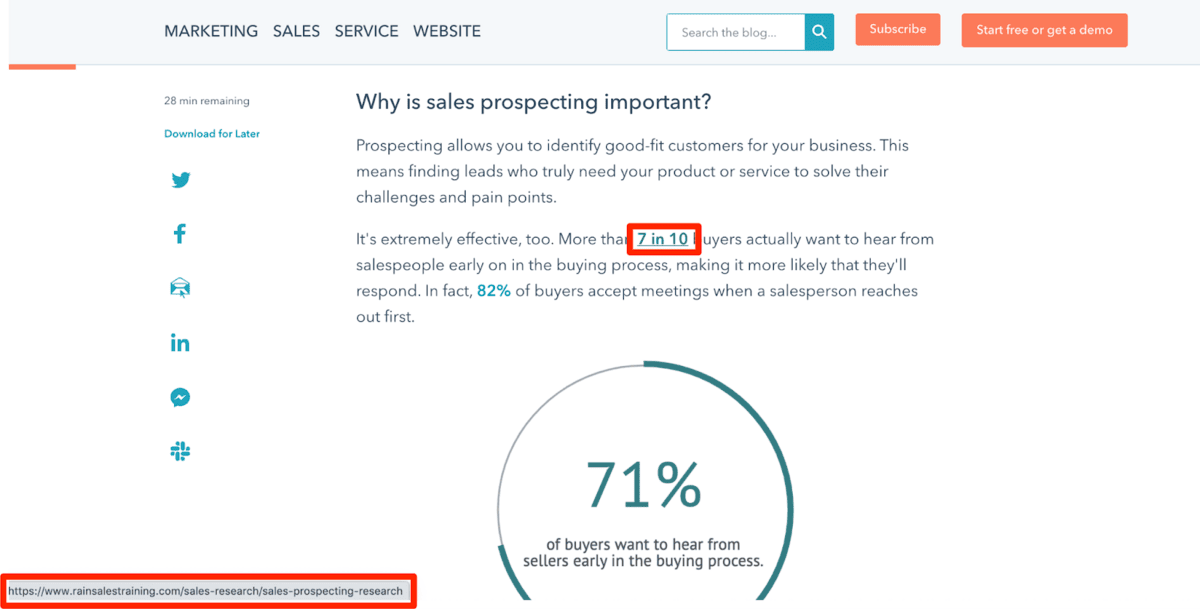
They also have another article on Sales Email vs. Cold Calling, where they list a bunch of statistics — all with outbound links.
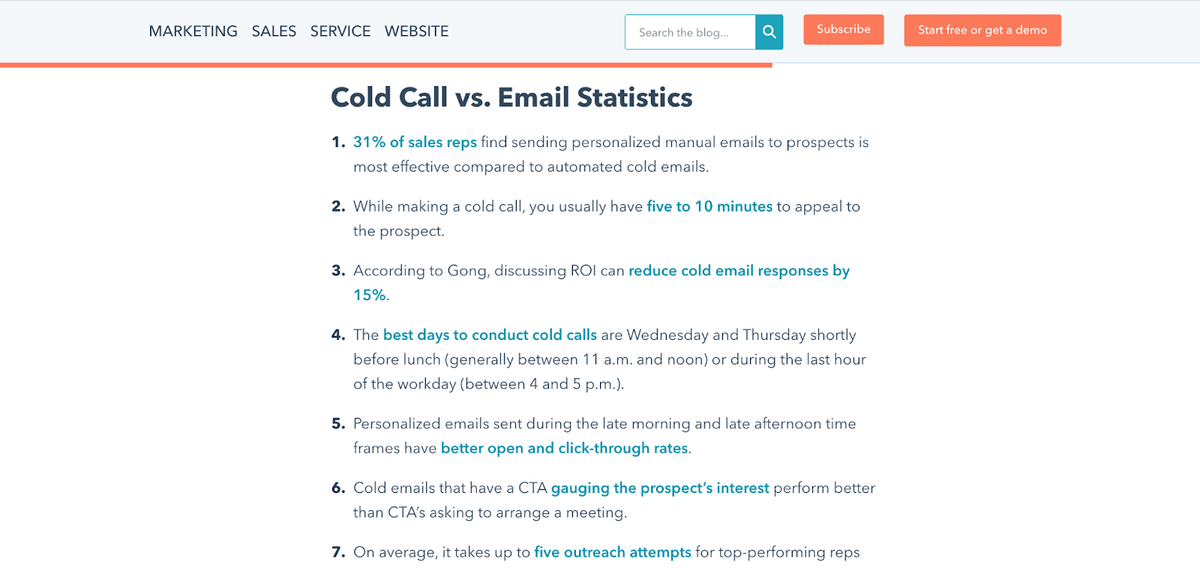
There are similar things on other sales blogs, as well. This article from ec4u links out to statistics as a reference to back up a claim of their own.
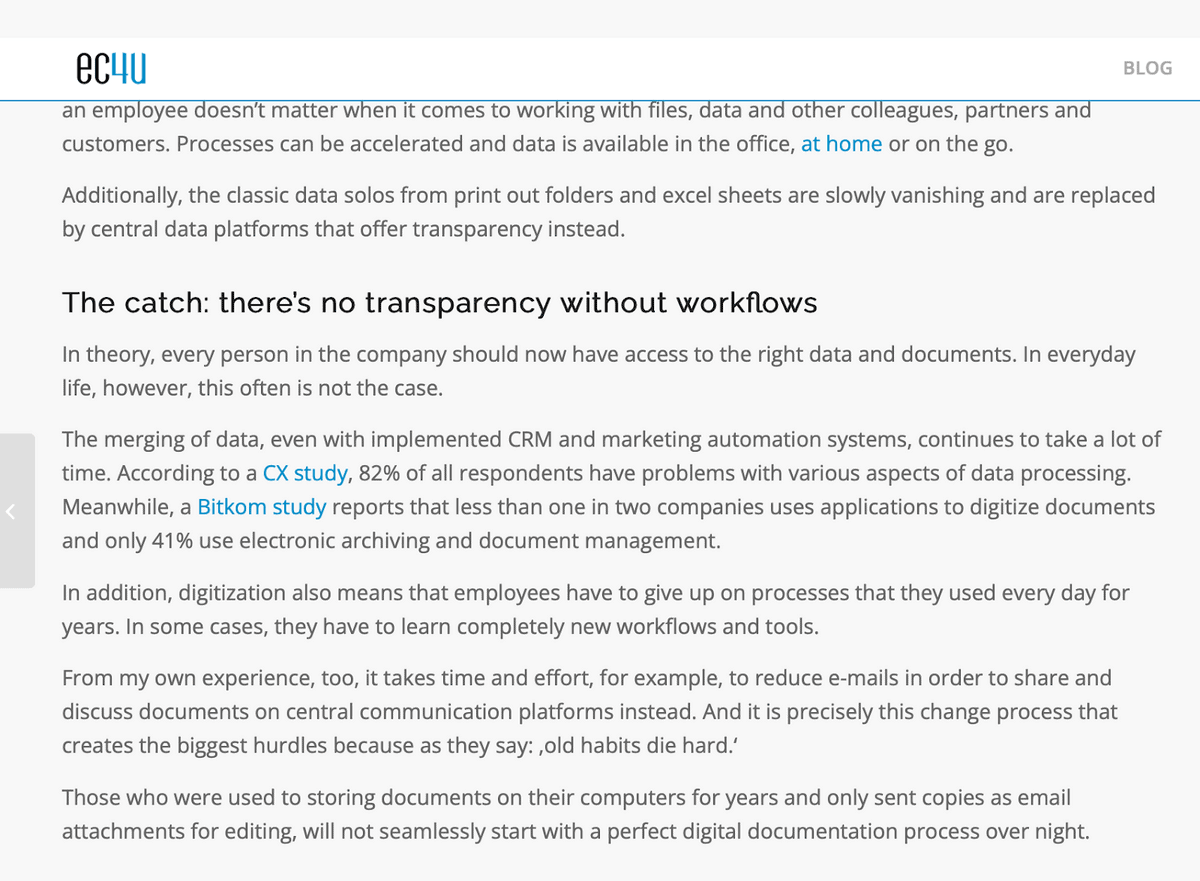
Use your research to find link intent keywords
Since we now know our audience is looking for statistics, we can use this as a starting point to find our link intent keyword target.
First, let’s brainstorm some “seed” keywords people might use to find statistics online:
- statistics
- average
- data
- study
- case study
What we can do from here is use Ahrefs to generate a lot of ideas for us.
To do this, we plug one of the keywords into Ahrefs’ Keyword Explorer.
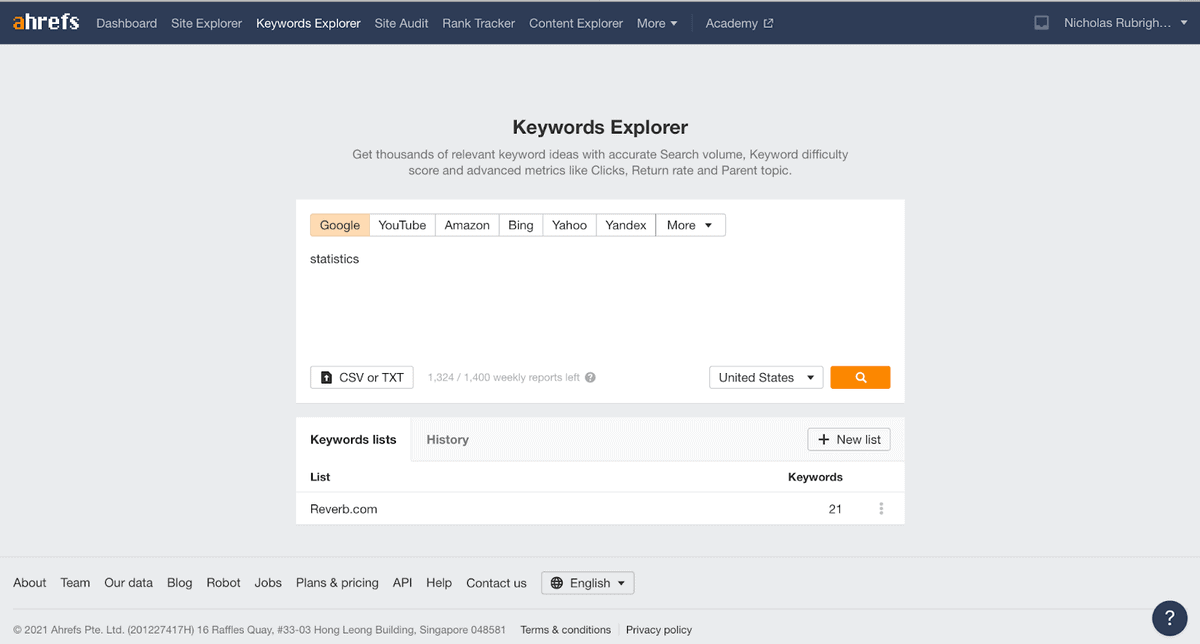
From the “Overview” page, we want to scroll down to “Terms match” and click to see all of them.
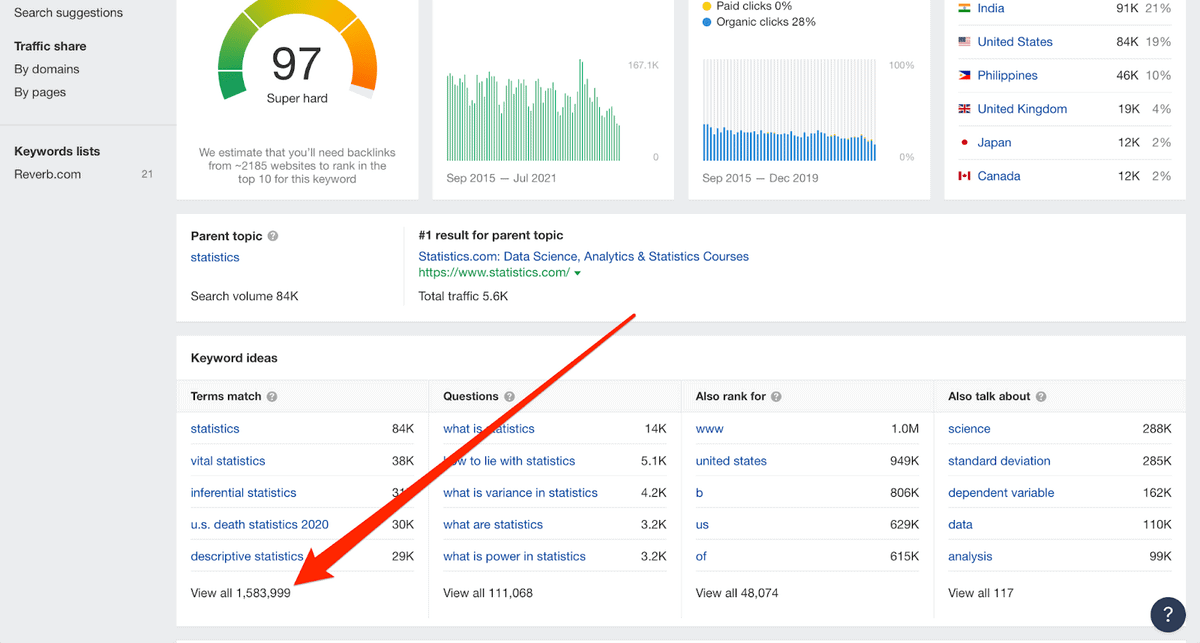
From here, we can use the filters to narrow down the opportunities to terms that are related to our niche. Like “sales,” for example.

Good indicators of high link intent keywords at this stage will have a high KD (keyword difficulty) and a low search volume relative to other keywords in the niche. This evidence supports link intent because these signals show us that the few searchers who are finding the pages ranking here are linking to them frequently.
Choose your keywords
At this stage, there are a ton of keywords that you could go after.
For our purposes, we chose to go with “sales follow up statistics” as our target.
Here’s why:
Existing content didn’t fulfill search intent
We have the number one spot for this keyword now, so we’ll have to go back in time for the data here.
Let’s look at the content of the pages that ranked well for this keyword historically.

We’ll examine the top 3 results from January 2021.
First up, the ZoomInfo article.

These aren’t exactly sales follow-up statistics. It seems like they just broadly targeted the keyword intent toward sales statistics, but the SEO people thought adding “follow up” would help because it’s an easier keyword.
I guess it worked for them for a while.
As for the second post, The Brevet Group did a great job on their article, but again these are just sales statistics. Not sales follow up statistics.
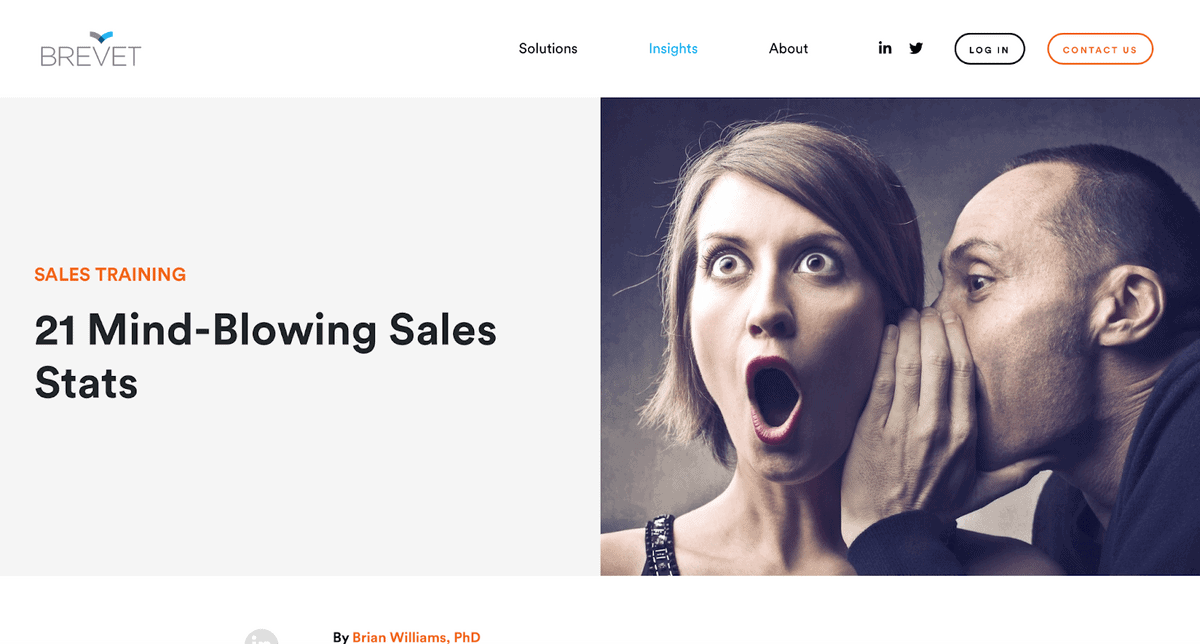
The third post, from HubSpot, has the same issue.

Since these competing pages don’t completely satisfy search intent (and as a result, link intent), there’s opportunity here on the content side to do so.
We saw natural link acquisition patterns
A great sign of a keyword with high link intent is that the page is acquiring links naturally over a long period of time.
This is called passive link building, a content creation process designed to compel people to naturally link to your content.
This is evident when specific pages have relatively linear link growth over time.
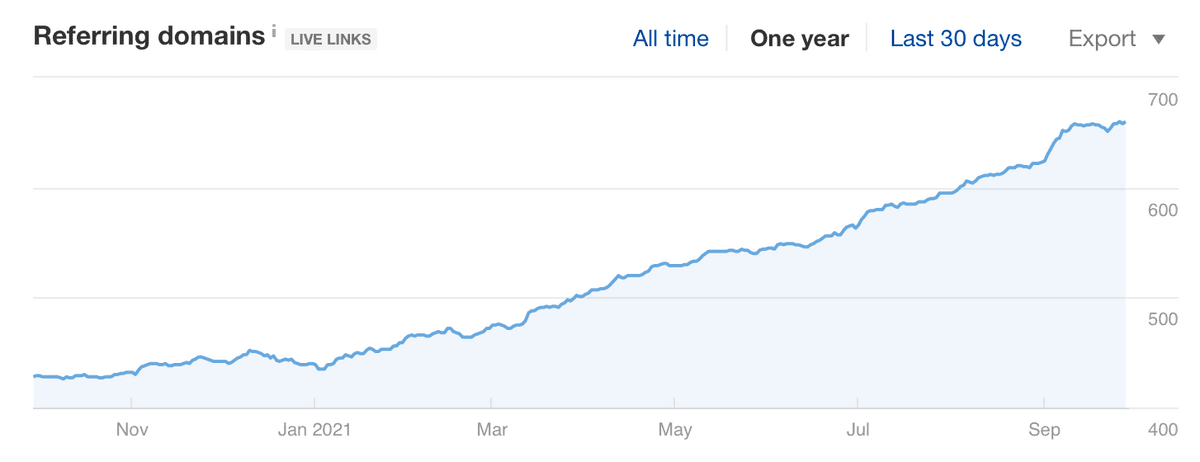
It’s not enough to see link acquisition, though. A lot of sites pay for links and can bump up their link acquisition pretty easily by buying a ton of backlinks.
What we want to look for is a combination of relatively linear link acquisition over time with high anchor text diversity.
For example, this is the anchor text profile of a site that’s buying links:
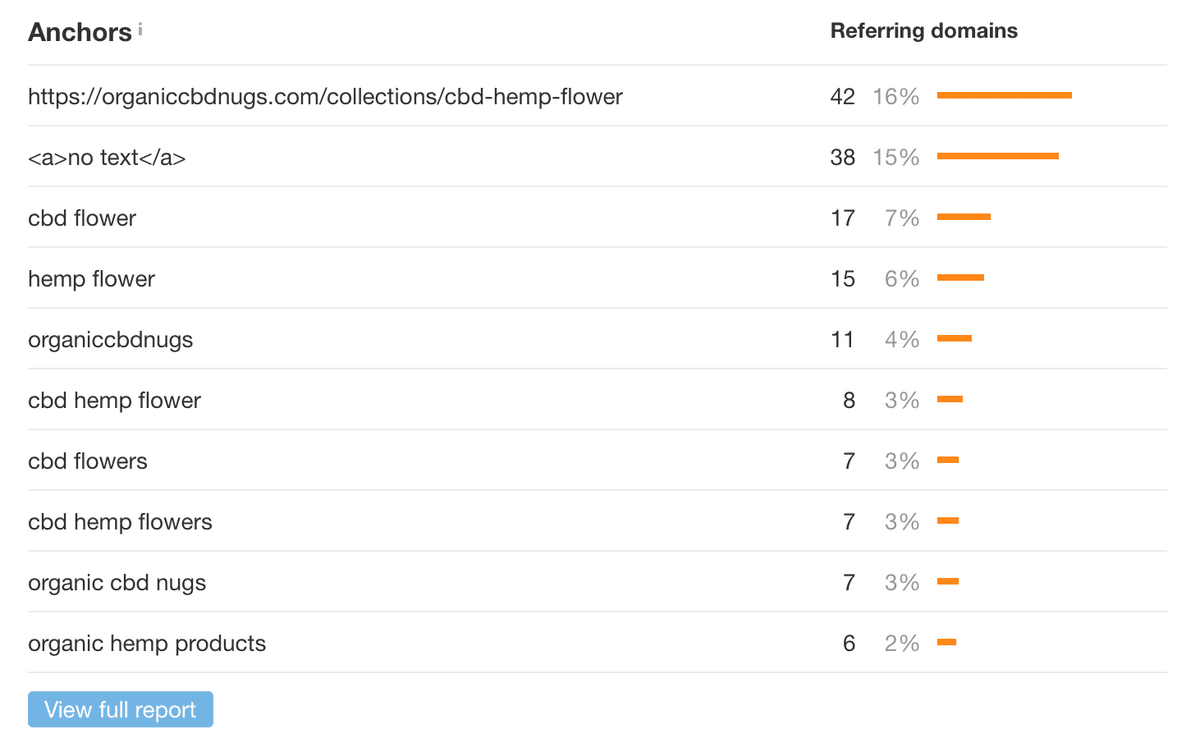
And this is what a natural link profile looks like:
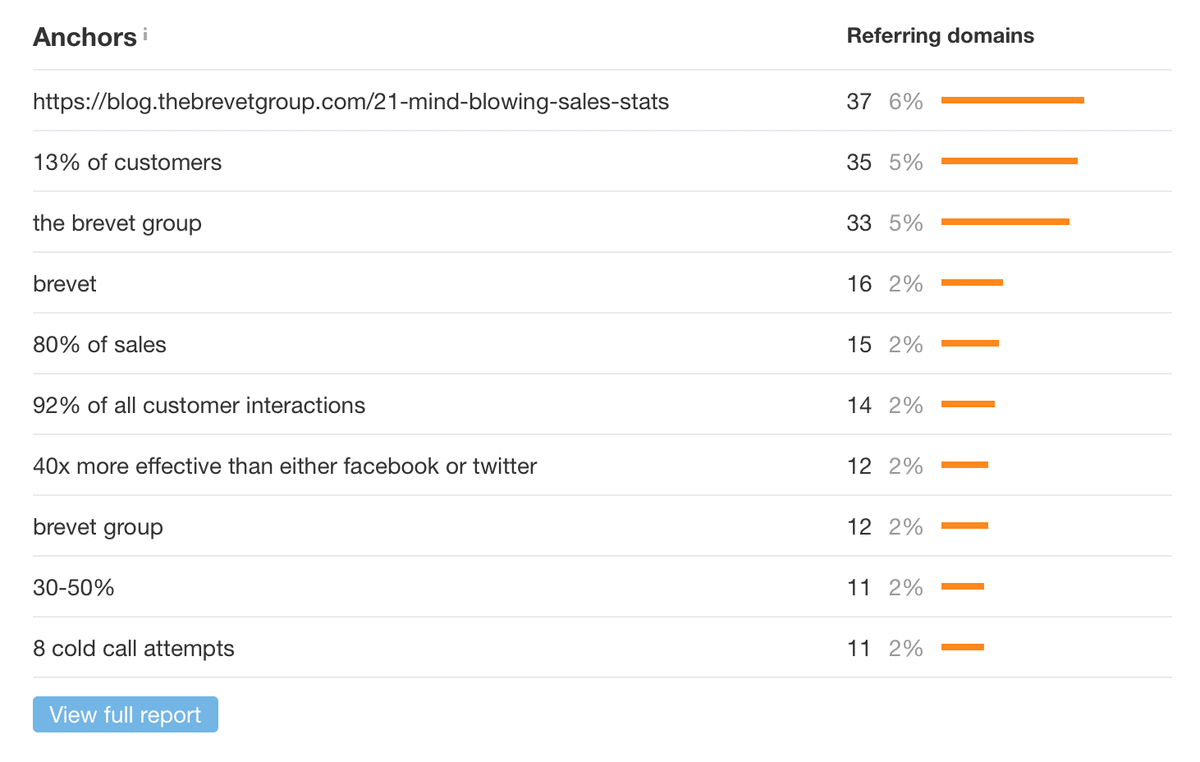
When examining our outbound linking behavior, we saw that people link with brand names, stats, and descriptive anchors as opposed to keyword-driven ones. We can combine this info with the anchor text data available in Ahrefs to draw conclusions about natural linking behaviors.
Low percentage of exact match anchors among competitors
None of the pages that ranked for “sales follow up statistics” used that keyword as anchor text on many of their backlinks.
In fact, ZoomInfo was the only site that had any anchors containing this phrase:
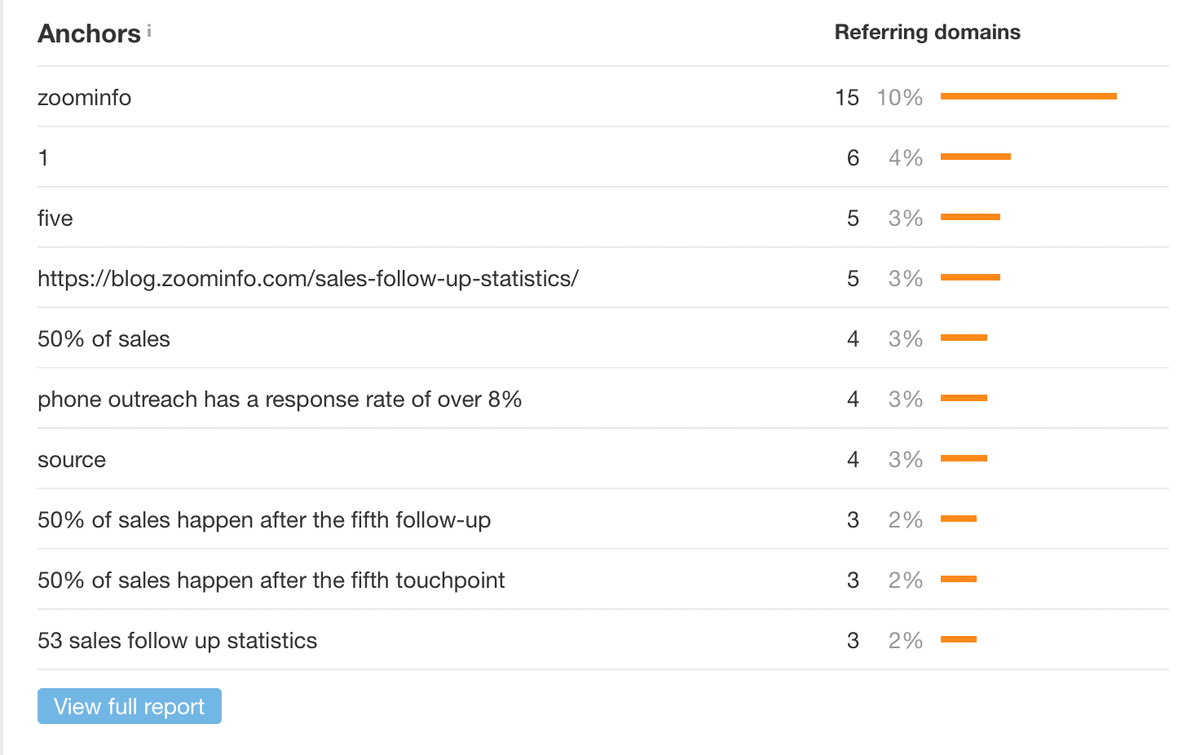
This wasn’t necessarily a deciding factor, but we knew we could take advantage of this.
Anchor text is one of the factors Google looks at when weighing the strength of a backlink in their algorithm.
This means that we can give our page a little bit of weight that our competitors don’t have in their link profile by running a link building campaign (such as guest posting or infographic promotion) where we have a lot of anchor text control.
Obviously, we want to be careful about overusing exact match anchors, but for this campaign, even a very small number of exact match anchors will help.
Step 2. Build content that fulfills that link intent
For this part of the article, as with general SEO writing, it’s all about building the content with search intent in mind.
In our case, we needed to write to our audience of busy bloggers and journalists in the sales niche who just want to find some legitimate statistics they can reference to validate what they’re saying, and move on to the next point in their article.
Here are some of the things we did to make sure the page delivered for our audience:
1. We made it organized and easy to read
We knew our audience was simply looking for some information to back up something they’re talking about, but we wanted to make sure we could compete with the other pages out there by giving them a better experience.
To start, we gathered a list of the most linked-to sales statistics and picked out the ones that were commonly talked about in the context of follow-ups.
We found these stats by combing through the anchor text data of competing pages that ranked for “sales follow up statistics.”
To do this, we put each competing URL into Ahrefs and scrolled to the “Anchors” section:
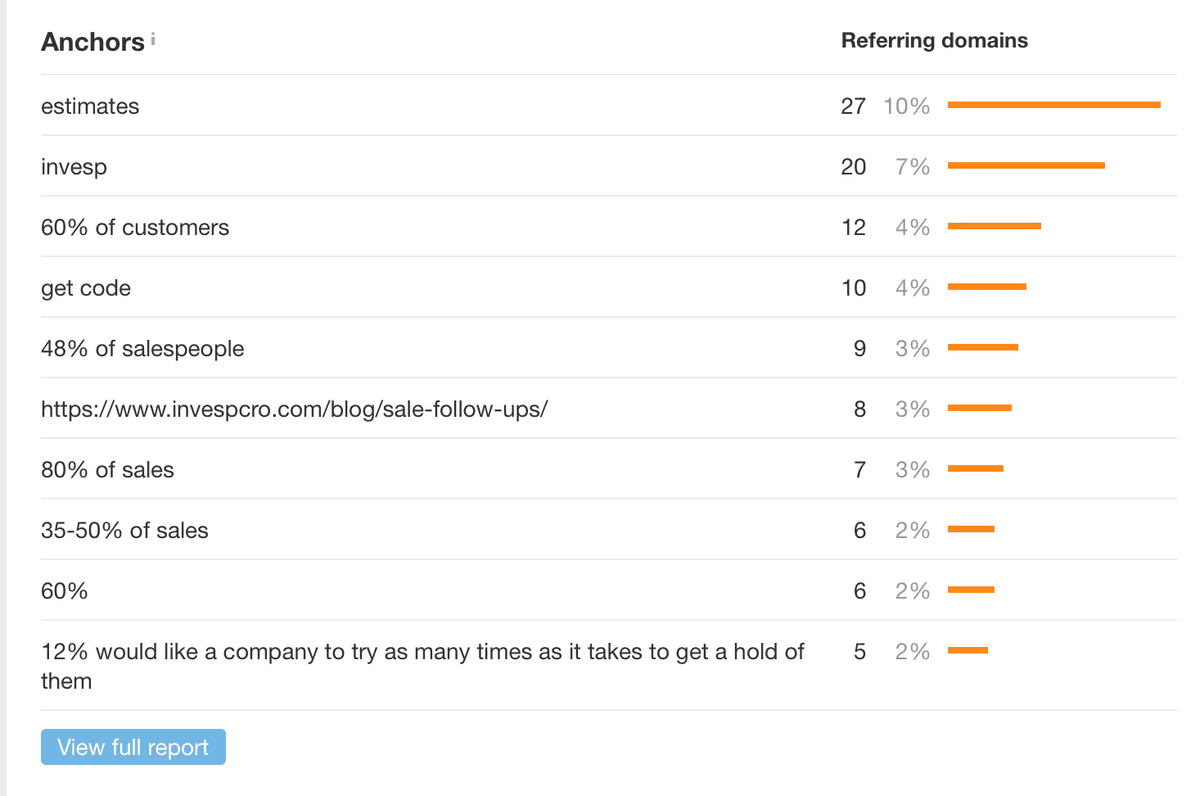
Next, we clicked “View full report,” and from there got a look at the surrounding text of these links for more context.

Finally, we organized the stats we found into sections based on the possible contexts of the statistic, like so:
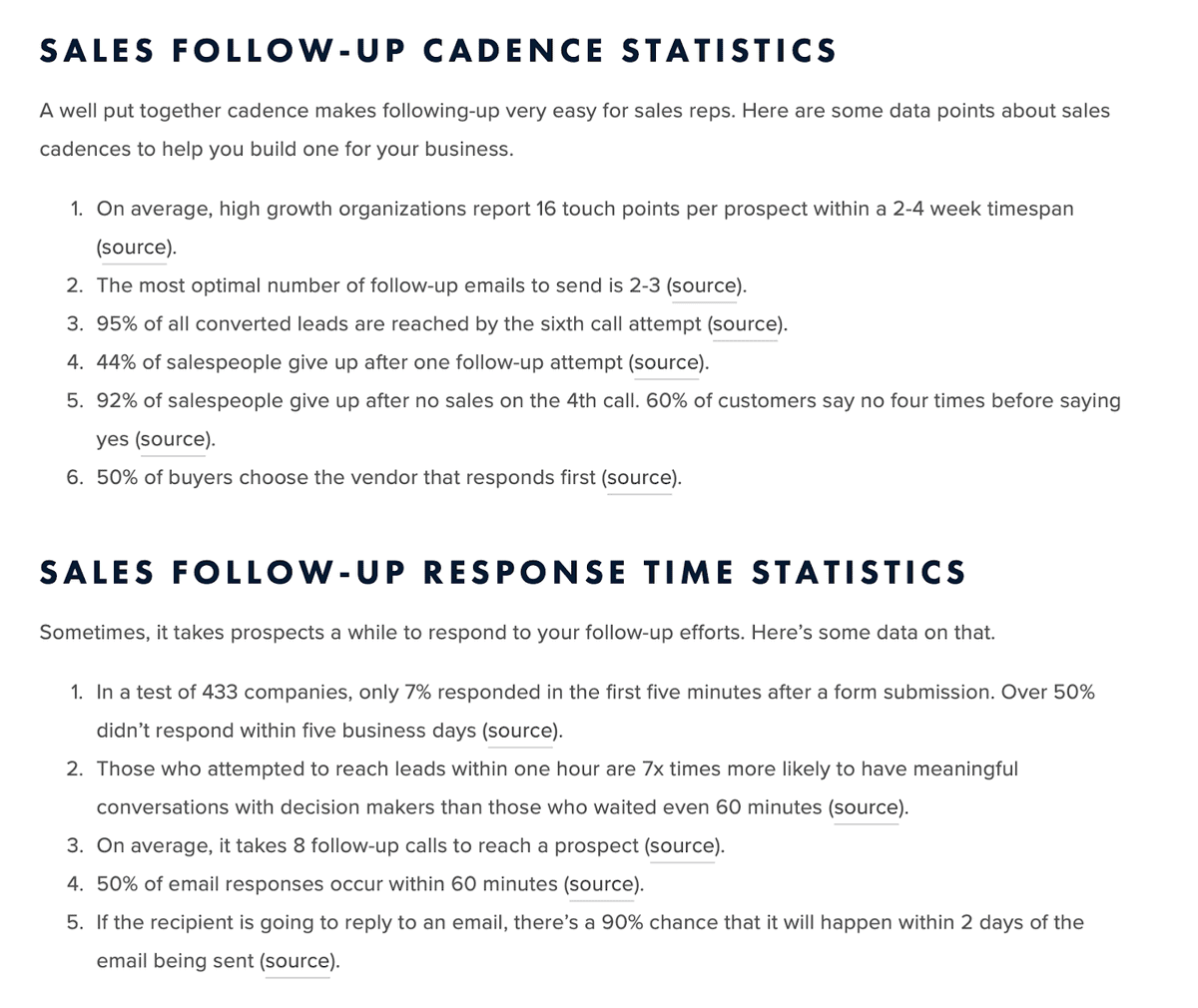
2. We put the most important stuff at the top
The first paragraph features the most talked-about statistic on the internet. The rest of the intro includes the top five.
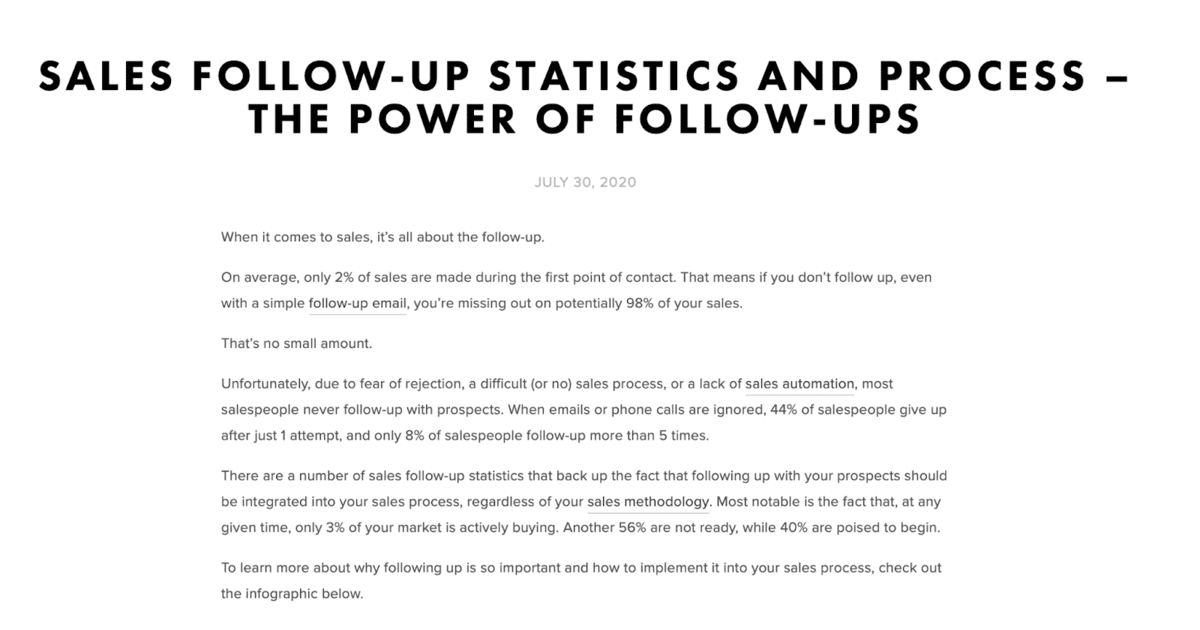
This makes it super easy for our readers to quickly find the statistic they’re most likely looking for.
3. We gave them an asset
Content on the internet is extremely visual. Probably because visual content is simply more engaging.
This isn’t true only for our content, but also for the content of our fellow bloggers and journalists who are coming across our page for their much-needed stats!
So, to give journalists and bloggers something visual that they could use to enhance their piece, we built an infographic on the page that breaks the sections up into “screenshotable” chunks, like this:

(Source)
This exact section of the infographic is how we were able to win this link from Podia:
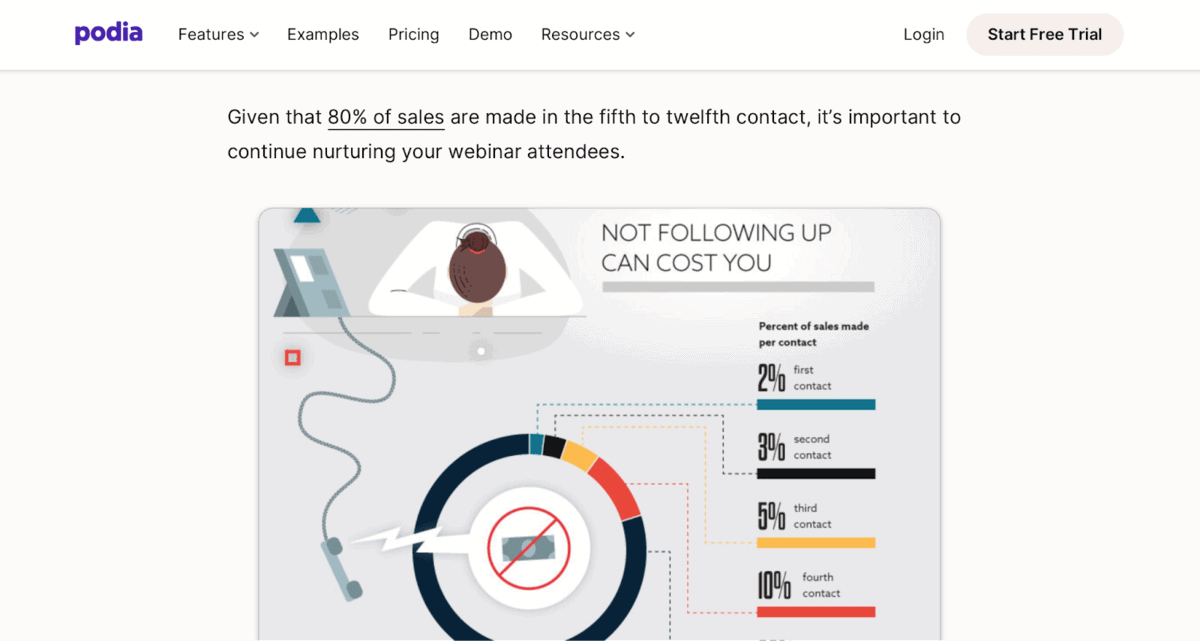
Furthermore, we now had a creative asset we could build a link building campaign around.
Step 3. Aim your link building at this page
The original aim of the infographic was to use it as a link building asset, or link bait, so let’s get into the details of that.
We’ve already looked at what made the infographic useful for our audience of bloggers and journalists: including relevant statistics.
However, for the link building campaign to be successful, we had to make sure a few other things were in order.
The infographic needs to help our audience’s audience
For link building, we pitched this infographic to bloggers and journalists who’d previously written content around the topic of sales follow-ups.
The goal was to get it published by first seeing if they liked it, then offering a mini guest post to go with it. This makes it easy for them to publish it quickly without having to write anything on their own (a play from Brian Dean’s guestographic guide).
In order for these sales bloggers to want to republish our infographic, we had to make sure it was something that would interest them.
This is accomplished by providing objective value to their audience.
The way we did this for this infographic campaign was by first writing an email template based on what I know about the audience, then using this template to brainstorm some ideas with our designer.
Here’s the initial template:



Nick here – content guy from IRC Sales Solutions. Hope you're having an awesome week so far! 🙌
I'm emailing you today because we just created an infographic about the importance of following up with leads, and I thought that you might be interested in republishing it on {brand name:your site}.
The infographic starts by going over some powerful follow-up statistics to illustrate the importance of following up with prospects, then dives into exactly how to implement a follow-up strategy into your company's sales process.
Mind if I send it over for you to take a look at?
Cheers,
Nick
From here, if I have an email template that accurately fulfills the needs of my audience, I proceed with building the infographic.
To follow the flow of a story, the infographic follows this outline:
First, we describe the problem in a clear, short, easy-to-understand way.
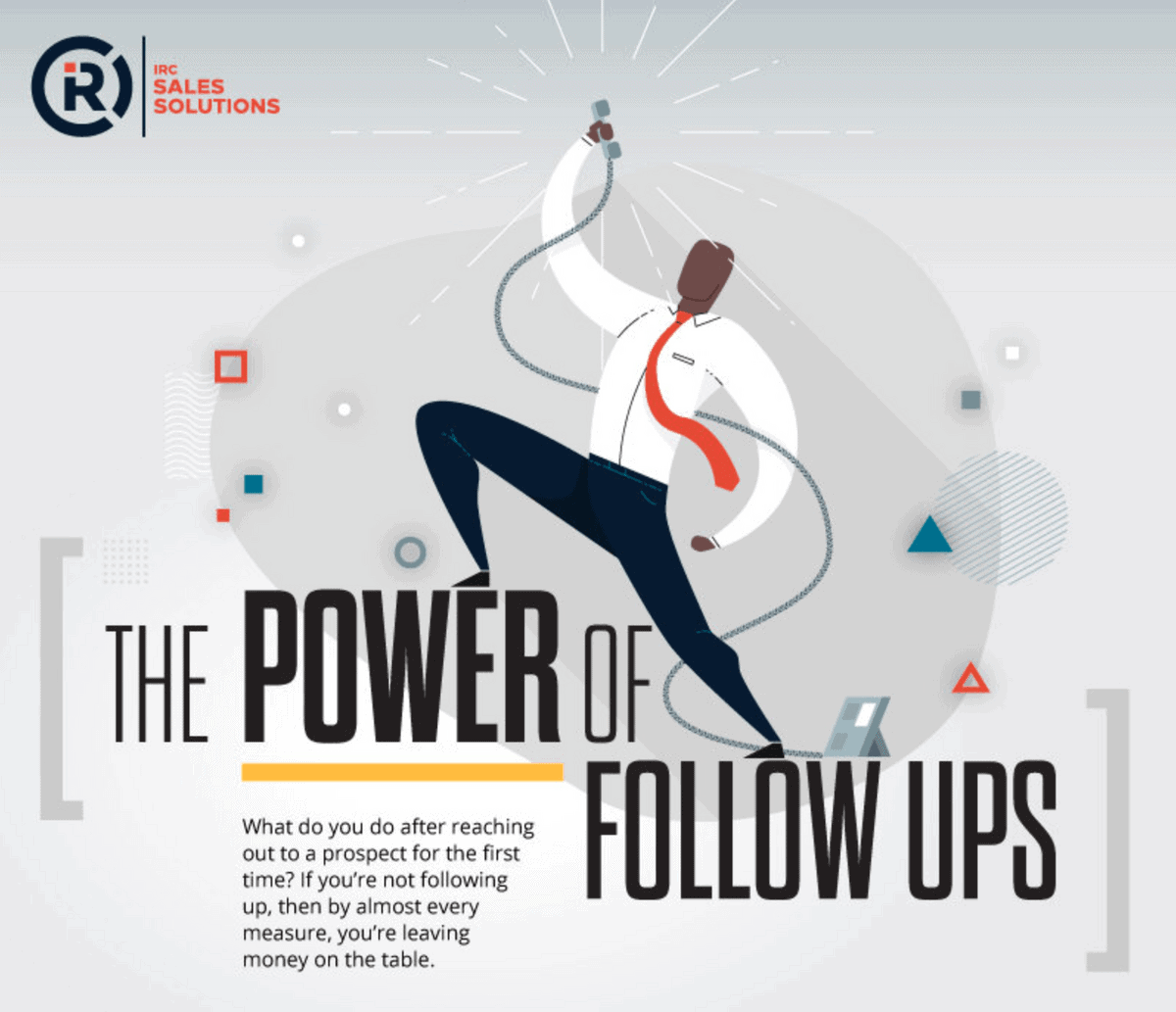
Next, we introduce a few statistics that back up the importance of following up, plus a few that emphasize why it’s important.
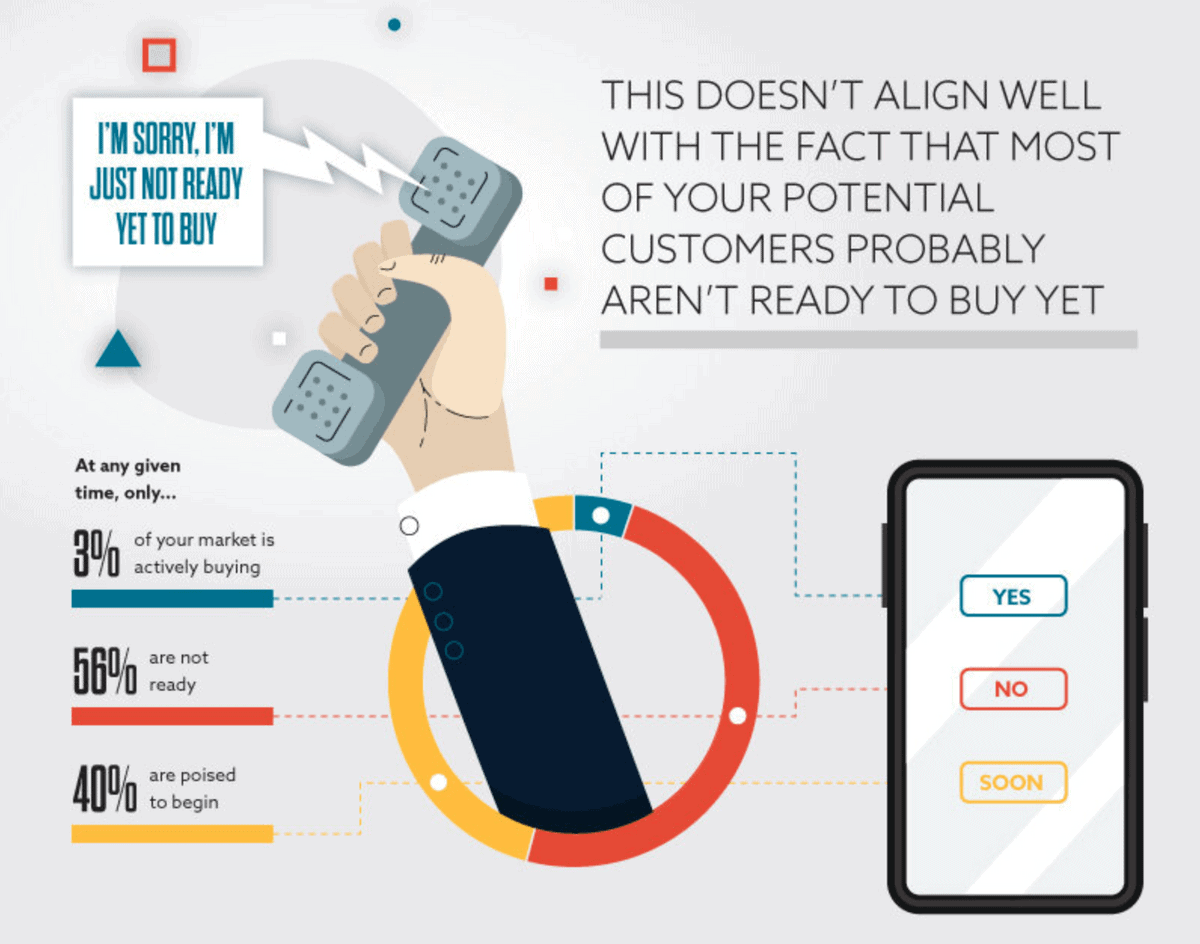
Finally, we gave our (their?) audience a solution to their follow-up dilemma with an easy-to-follow decision tree.
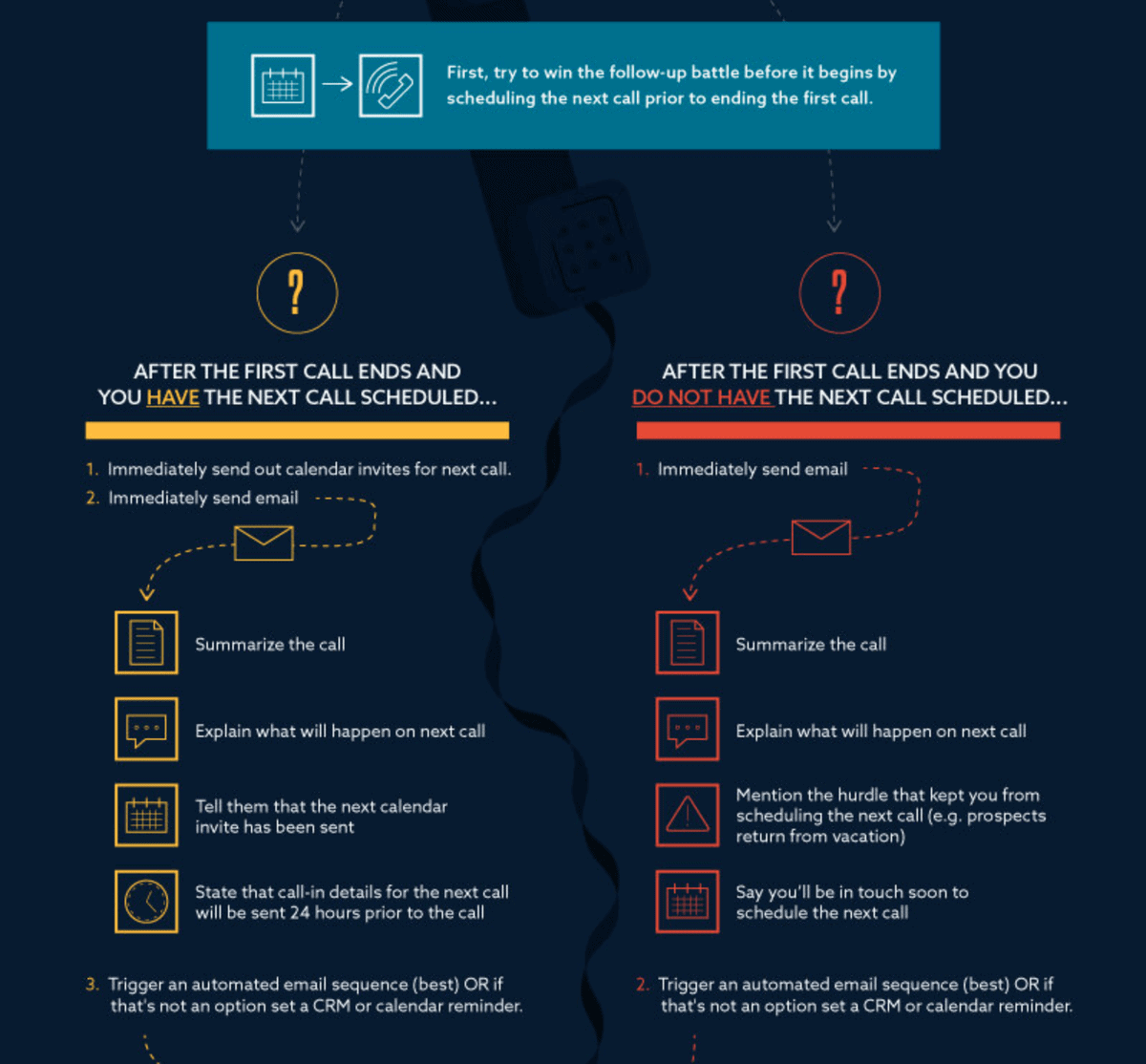
This problem/solution format worked well in the sales niche. Probably because this format aligns with many of the different sales methodologies out there.
Personalization and persistence is a must
The way most people personalize their emails leaves prospects feeling like this:
![]()
With people getting almost 100 emails per day on average, inserting one-off variables like a prospect’s name, company, etc. randomly throughout the template isn’t enough to cut through the noise.
By simply customizing the first sentence of our email template to each prospect, we were able to write our emails more directly to the person.
This doubled the response rate of our outreach campaign.
So basically, when we changed our emails from this:
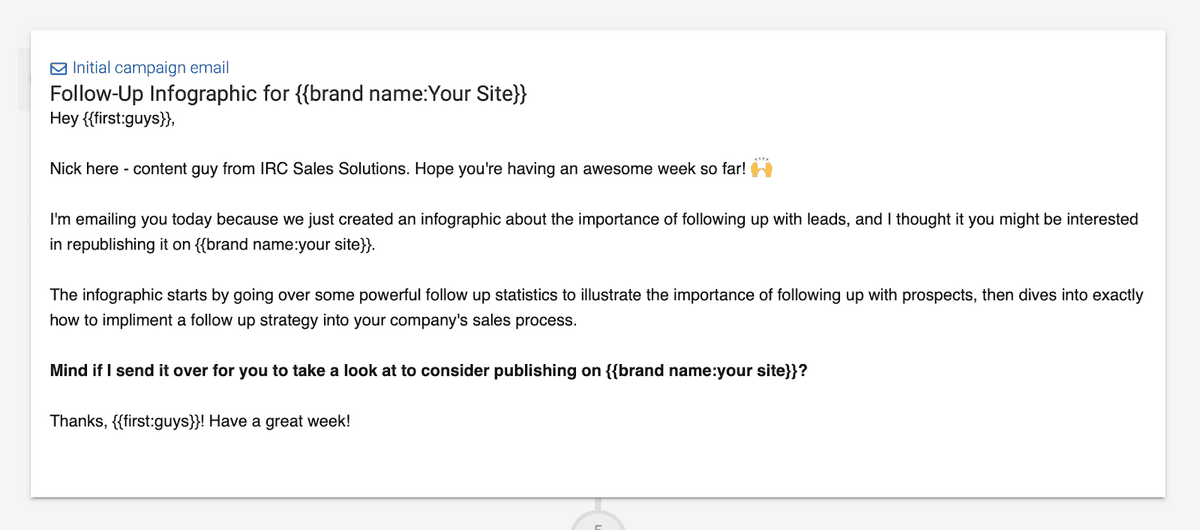
To this…
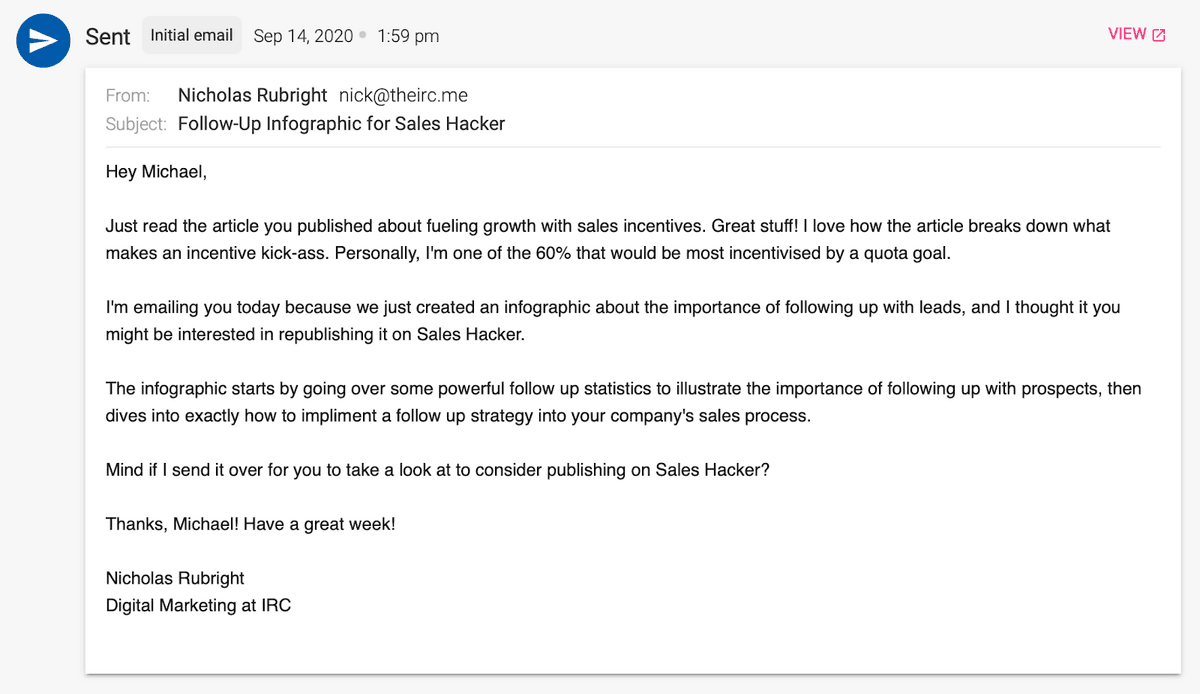
Our numbers went from this:

To this…
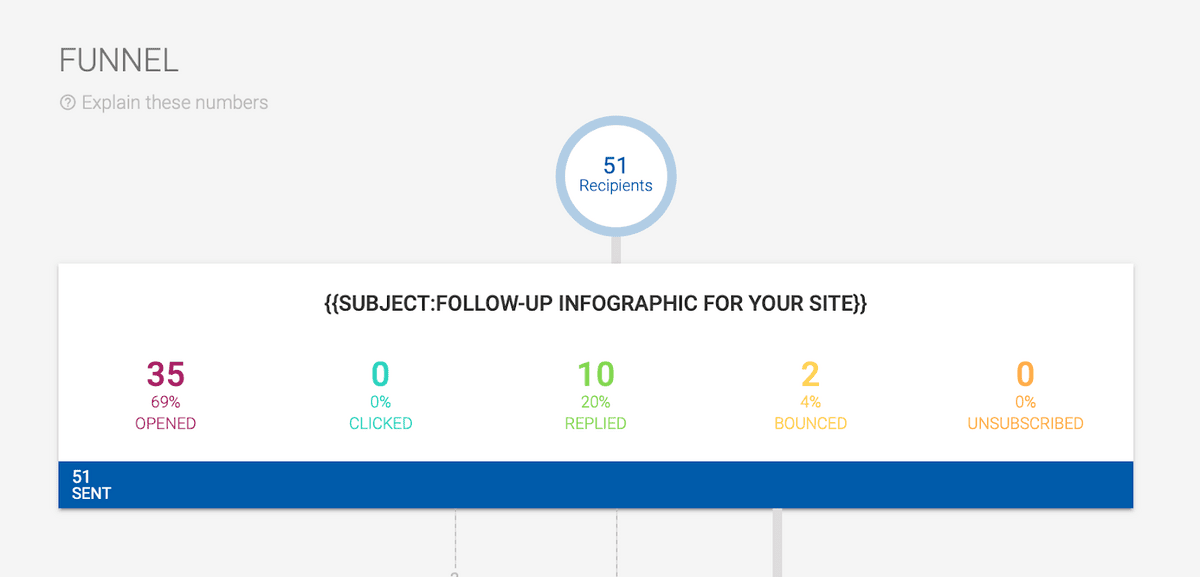
All we did was personalize the first sentence of the email based on a recent blog post they wrote.
It’s not hard to do this, and honestly if you’re going to take the time out of someone’s day to have them read your email, at least make it enjoyable for them.
This simple approach is what helped us get in contact with editors at high DR sites, like Brooklin Nash when he was with SalesHacker:

Unfortunately, in this situation, because we didn’t have original research, it didn’t pan out.
However, because I know he wants original data, and I knew SalesHacker was probably one of the most valuable opportunities in our niche, I pitched a new infographic idea (before I asked the client for permission to build it):
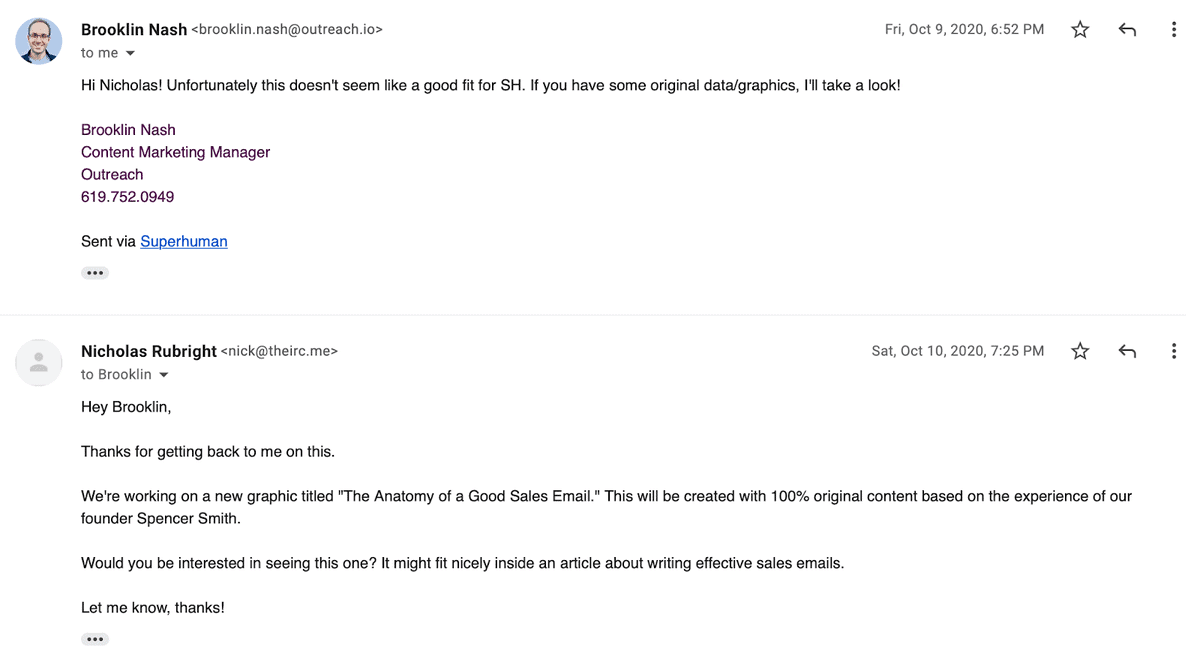
Because our client, Spencer Smith, trusted and enabled us, we were able to eventually get that infographic built and get something published on SalesHacker about how to write an effective sales email.
This story doesn’t represent how we landed every backlink. There are a ton of places that did publish the infographic, such as Small Biz Trends and Top Dog Social Media. Both were a result of the personalized outreach template above.
As with any link building campaign, persistence is a must.
Carefully win on anchor text
As mentioned earlier, anchor text is definitely a ranking factor.
However, if we misuse it, Google won’t like that.
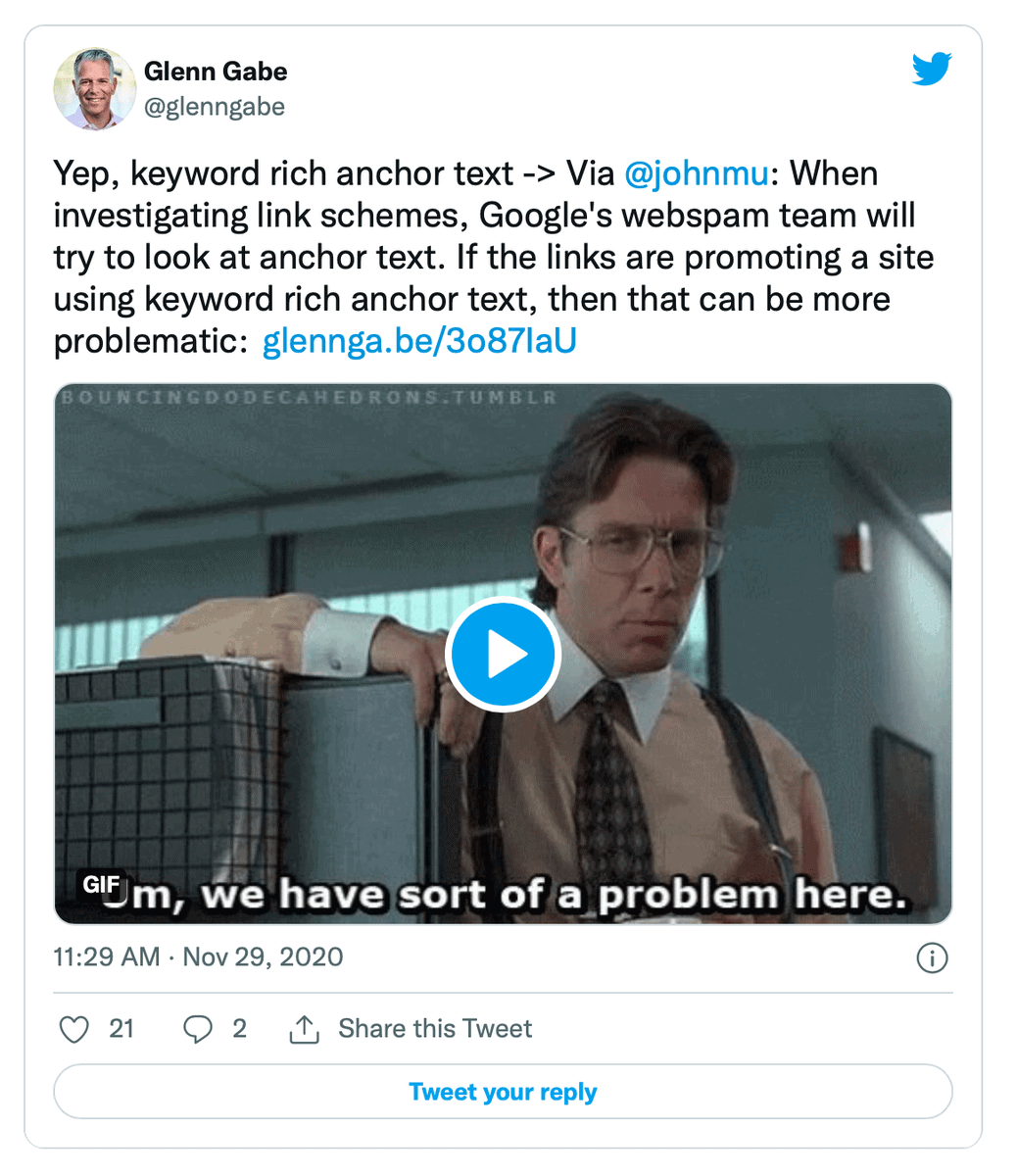
(Source)
Our play was that, if the editors allow us to put in a link with an anchor, it’s editorially approved and is fine as long as there’s true value to the reader.
Overall, we ended up building just four links with the anchor text “sales follow up statistics.”
This got us high enough in the rankings to attract backlinks from bloggers and journalists that were using this keyword in search engines, which then earned us the other backlinks.
The process we used to promote this infographic wasn’t much different than our standard infographic promotion process. You can read through the exact steps we take to build infographic promotion campaigns in our infographic link building article.
TL;DR
You can get backlinks by ranking your content for keywords that bloggers and journalists in your niche are searching for.
This is accomplished by finding the keywords that this audience searches for, building content that appeals to them, and ranking it with some link building.
The techniques aren’t new. Just the targets.
If you think I missed something or need clarification, drop a comment below. 👇

Nice!
Great job Nick & co!
Thanks, Spencer!
Awesome post Nick really loved the way you explained.
Thanks man! Glad you liked it!
Very useful, just started my first backlink campaign.
Best wishes!
Glad you liked it, Serrio! Best of luck on your outreach efforts!